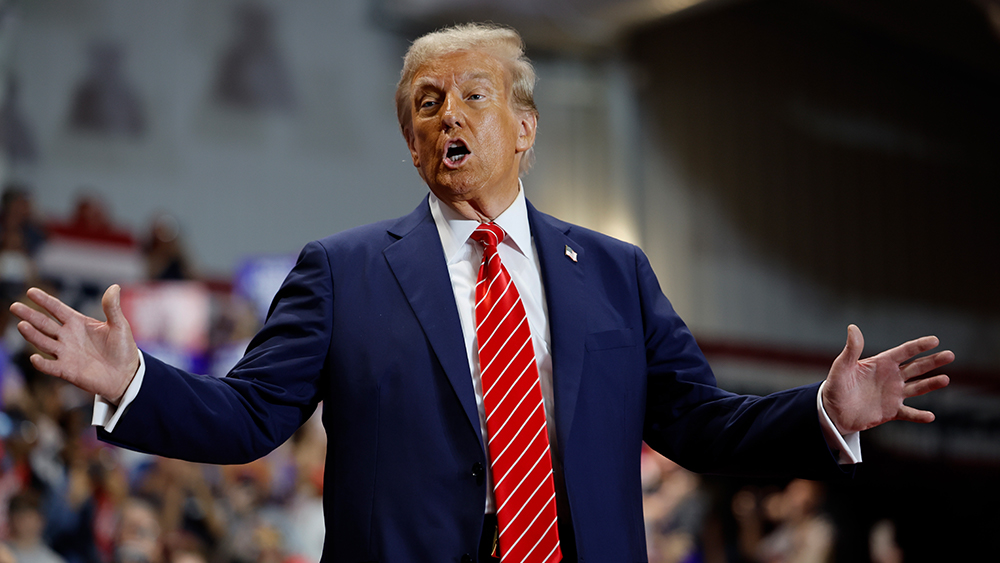
The state-owned Saudi Press Agency (SPA) announced the extension on Aug. 3, the third month of Riyadh cutting back on oil production. It quoted a source from the Saudi Ministry of Energy, who said: "In effect, the kingdom's production for the month of September 2023 will be approximately nine million barrels per day (bpd)."
The SPA added that the one million bpd reduction – which was also implemented in July and August – "can be extended, or extended and deepened." It adds to 1.66 million bpd of other voluntary production declines that some members of the Organization of the Petroleum Exporting Countries (OPEC) are putting in place until the end of 2024. Saudi Arabia is a founding member of the group.
These voluntary cuts fall outside of the production policy agreed upon by the core OPEC group and its allies, collectively known as OPEC+. The group's Joint Ministerial Monitoring Committee (JMMC) met on Aug. 4 to review market fundamentals. While the committee cannot independently decide policy, it may call an extraordinary meeting of OPEC ministers to do so.
Oil prices barely moved shortly after Riyadh announced the extension of its voluntary oil production cut. Prices were under pressure in the first half of 2023 amid macroeconomic concerns, inflationary pressures, turbulence in the banking sector and a slow recovery in Chinese demand. Both OPEC and the International Energy Agency (IEA) forecast a pickup in demand that could lead to supply tightness in the second half of 2023.
Riyadh's production cuts give Moscow the lead
The kingdom's announcement paves the way for Russia to take over as the No. 1 OPEC+ crude producer. The IEA noted this observation in its monthly oil market report. (Related: IEA report: Nearly 80% of Russian crude oil has been rerouted from EU to China and India.)
According to the IEA's estimates, Saudi Arabia's total crude output should drop to nine million bpd through July and August. This followed its decision to extend an earlier production cut to balance prices. Given this, the agency said this volume of output would be the lowest Riyadh has produced in two years – making Moscow the top oil producer in the OPEC+ group.
Russia Today (RT) reported that in early July, the kingdom announced it would extend its voluntary crude output cut of one million bpd for another month to include August. Russia simultaneously announced a 500,000 bpd reduction in crude exports in August. Together, the cuts will amount to 1.5 percent of the global supply.
IEA figures show that Saudi Arabia produced 9.98 million bpd in June, while Russia produced 9.45 million bpd during the same month. Russian oil shipments dropped to their lowest volume in June, their lowest since 2021. According to RT, this serves as a sign that Moscow is carrying out its plan for a voluntary cut after months of robust exports earlier this year.
Prince Abdulaziz bin Salman, the Saudi energy minister, earlier highlighted deep cooperation between Riyadh and Moscow as part of the OPEC+ group. He also pledged to do "whatever is necessary" to support the oil market. While OPEC+ pumps around 40 percent of the world's crude, it has been cutting oil output since November 2022.
Head over to FuelSupply.news for more stories about the world's oil supply.
Watch this video about Russia joining forces with OPEC to cut oil production.
This video is from the InfoWarSSideBand channel on Brighteon.com.
More related stories:
Saudi Arabia joins others in OPEC to cut oil production in latest slap in the face to Joe Biden.
OPEC+ oil cuts a slap in the face to Joe Biden – expect gas prices to skyrocket once again.
Russian oil exports surge despite Western sanctions, Moscow's output cut.
Russian petroleum exports SURGE despite increase in domestic demand.
Russia to increase oil supplies to India under new deal.
Sources include:
Please contact us for more information.

















